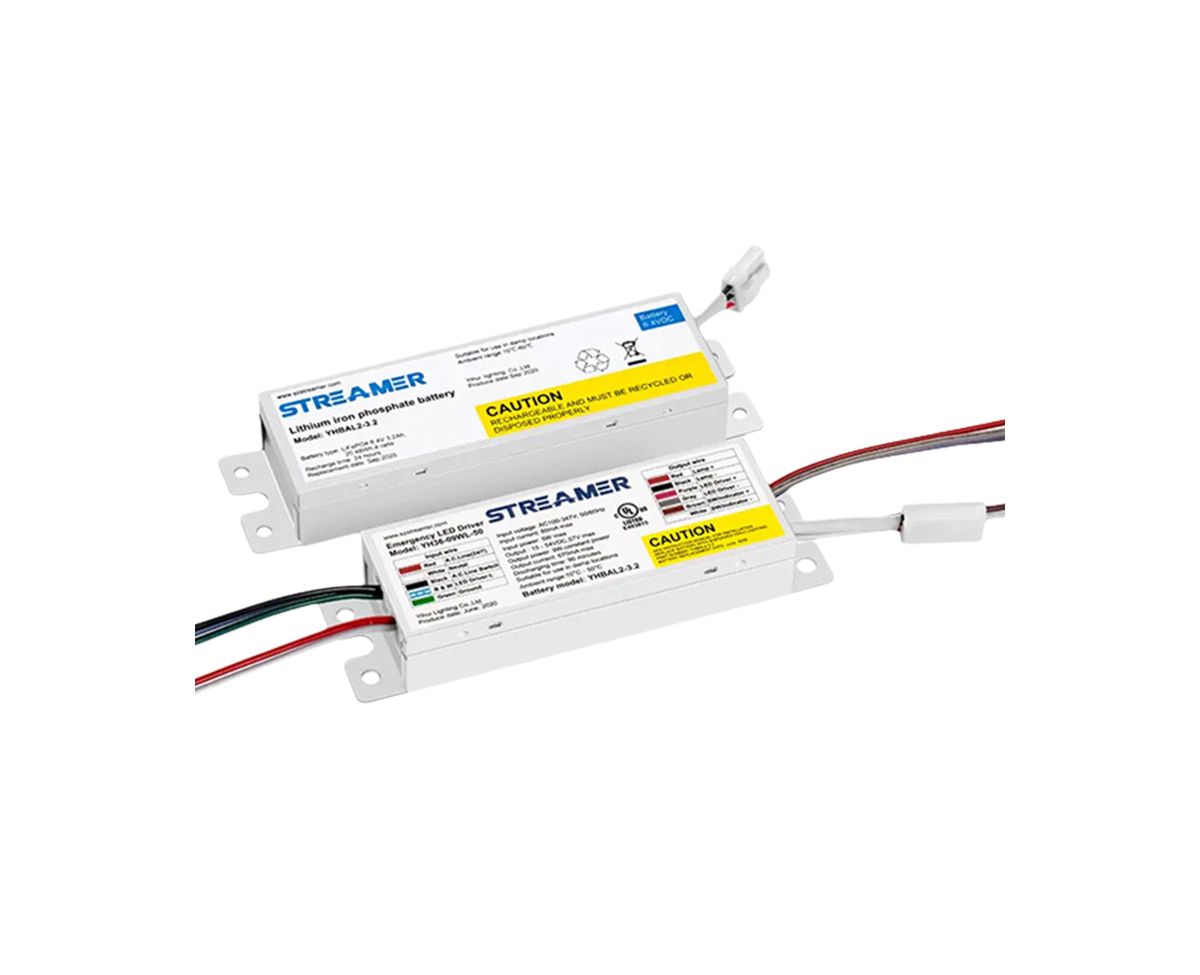 1
1
 Jun 06, 2025
Jun 06, 2025

The adaptability of an LED emergency converter in high - temperature environments is a comprehensive measure of its ability to function effectively under extreme thermal conditions. It encompasses not only the converter's physical resistance to heat but also its performance stability, reliability, and long - term durability.
In high - temperature environments, the first challenge an LED emergency converter faces is thermal management. Excessive heat can cause the components inside the converter to overheat, leading to reduced efficiency, shortened lifespan, and even component failure. To address this, advanced thermal management systems are incorporated. These systems may include forced - air cooling, liquid - cooling, or passive heat - dissipation methods. For example, some converters use fans to circulate air around the components, while others rely on heat pipes to transfer heat away from critical areas.
Another aspect of adaptability is the converter's electrical performance in high - temperature conditions. The electrical characteristics of components, such as resistors, capacitors, and semiconductors, can change with temperature. This can affect the voltage regulation, current control, and overall operation of the LED emergency converter. To mitigate these effects, components with low - temperature coefficients are selected, and the circuit design is optimized to compensate for any temperature - induced changes.
The battery of the LED emergency converter also plays a vital role in its high - temperature adaptability. High - temperature can accelerate the chemical reactions inside the battery, leading to increased self - discharge rates and reduced capacity over time. Specialized battery management systems are used to monitor and control the battery's temperature, charging, and discharging processes. These systems can adjust the charging current and voltage based on the ambient temperature, preventing overcharging and overheating of the battery.
The optical performance of the LED lights in the converter is also affected by high - temperature. Heat can cause a decrease in the light output and a shift in the color temperature of the LEDs. To counter this, LED chips with good thermal - optical stability are used, and proper heat - dissipation measures are taken to keep the LED junction temperature within an acceptable range.
In addition to technical adaptations, regular maintenance and inspection are essential for ensuring the long - term adaptability of LED emergency converters in high - temperature environments. Periodic checks of the converter's components, cleaning of heat - dissipation surfaces, and replacement of worn - out parts can help maintain its performance and reliability.
Overall, the adaptability of an LED emergency converter in high - temperature environments is a complex and multi - faceted issue. Through a combination of advanced design, component selection, thermal management, and maintenance, these converters can provide reliable emergency lighting even in the most challenging high - temperature conditions.